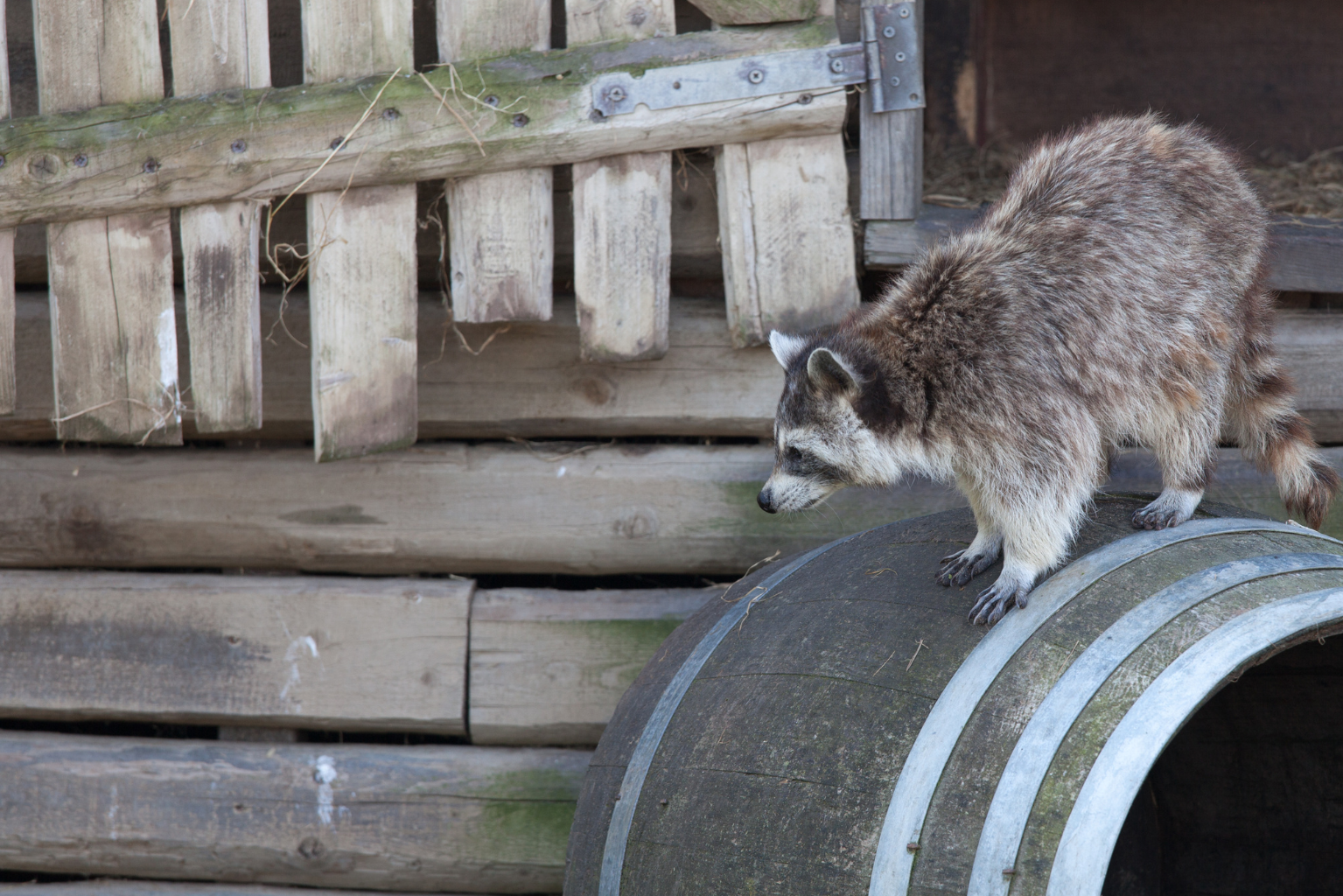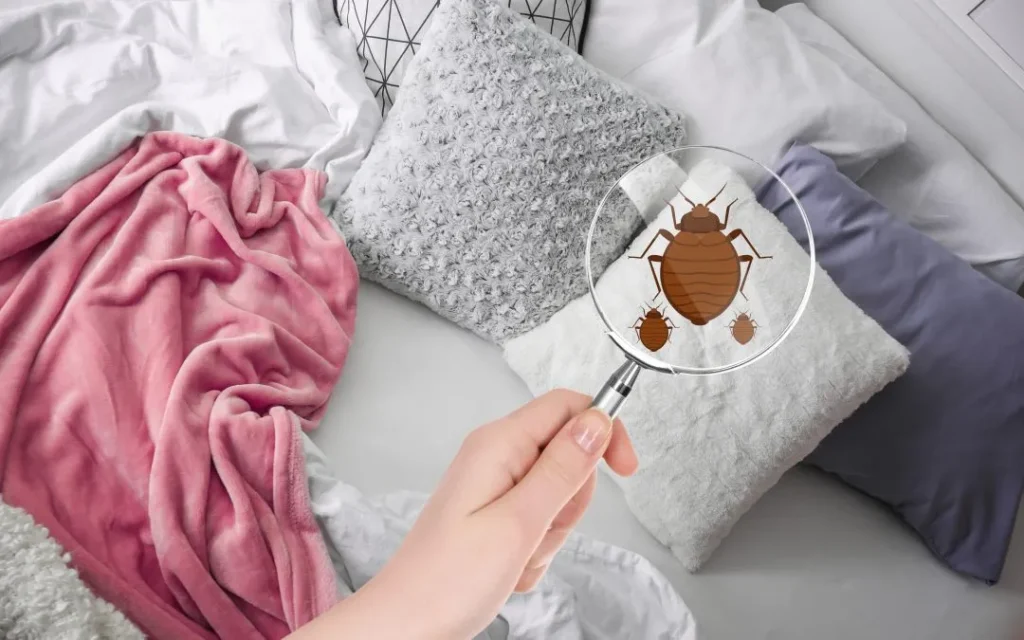Living in Delmar, DE, where wildlife is abundant, it is important to be aware of the signs that indicate your home may need wildlife removal services in Delmar. Raccoons, squirrels, bats, or other wild animals’ presence can cause damage to your property and pose potential health risks to your family. From rummaging through garbage bins to nesting in your attic, these creatures can wreak havoc and damage other furniture if left unchecked.
Therefore, understanding the signs and knowing when to seek professional help is essential for maintaining the safety and integrity of your home. This blog will discuss eight common signs that your home may require professional wildlife removal services.
Signs of Wildlife Infestation
Unusual Noises and Tracks
Unusual noises can manifest in different ways. You may hear scratching or scurrying sounds coming from your attic or walls, particularly during the night when most animals are active.
These noises often indicate that rodents such as rats, mice, or squirrels have made their way into your home.
Aside from unusual noises, tracks left behind by wildlife can be another clear sign of infestation. If you come across paw prints, droppings, or unusual markings on your property or inside your house, you likely have unwelcome visitors.
Damage to your Property
Wildlife infestations can cause significant damage to your property, which can be both frustrating and costly to repair.
Your property’s structure is one of the most typical types of damage that wildlife infestations cause. This not only compromises the integrity of your property but also creates potential safety hazards.
Wildlife infestations can also damage your property’s landscaping. For example, digging by animals such as skunks or moles can destroy lawns, gardens, and flower beds.
Furthermore, wildlife infestations often result in damage to your property’s exterior and interior. Animals may chew through walls, causing holes or tunnels, and creating entry points for other pests to enter your property.
Foul Smells and Droppings
Foul smells are often one of the first signs of a wildlife infestation. This smell can permeate through the walls and furniture of a home, making it difficult to eliminate.
To address foul smells and droppings resulting from wildlife infestations, it is crucial to first identify and remove the source of the problem. Hiring a professional wildlife removal service is often the best course of action. These experts have the necessary knowledge and equipment to safely and effectively remove unwanted wildlife from your property.
Once the infestation has been addressed, it is essential to clean and sanitize the affected areas. This includes thoroughly cleaning any surfaces or objects that have come into contact with droppings or urine. It is important to note that wildlife droppings can contain harmful bacteria and should not be handled without proper protective gear.
Nesting Materials and Burrows
Nesting materials, which can vary depending on the species, provide a warm and safe environment for animals to reproduce and raise their young. By eliminating or restricting access to these materials, you can discourage wildlife from nesting on your property. Implementing strategies like routine outdoor area maintenance and cleaning can help achieve this.
Burrows, on the other hand, are often created by animals like ground-dwelling rodents or burrowing insects. These underground tunnels and chambers serve as shelter, protection, and a place to store food. To address burrowing wildlife, it is crucial to identify and eliminate their burrow systems. This can involve filling in existing burrows, installing barriers, or grating.
Remember, seeking professional advice is always beneficial when dealing with complex wildlife infestations. This will ensure the most appropriate and ethical solutions are employed.
Signs of Gnawing and Chewing
Various wildlife species can cause gnawing and chewing. These animals have an instinct to chew on objects to maintain the health of their teeth and to gain access to food and shelter. Unfortunately, they often choose structures such as walls, ceilings, electrical wiring, and insulation as their targets for it.
Some of the obvious signs include chewed holes in walls or ceilings, gnaw marks on wooden beams or electrical wires, and shredded insulation.
To prevent further gnawing and chewing, it is important to address the underlying issue of wildlife infestation. This may involve removing any food sources that are attracting the animals and sealing off entry points to prevent their access.
Droppings or Urine Stains
Wildlife infestations can be more than just a minor inconvenience. In addition to causing damage to your property, these critters can leave behind droppings or urine stains that can be dangerous to your health.
When dealing with droppings or urine stains, it’s crucial to take the necessary precautions to protect yourself. Wear gloves and a mask to minimize the risk of exposure to any potential pathogens or harmful bacteria that may be present. It’s also advisable to thoroughly disinfect the affected areas using appropriate cleaning solutions.
Increased Pest Activity
As human populations continue to expand and encroach on natural habitats, wildlife is forced to seek shelter and resources in urban and suburban areas. This increased interaction between humans and wildlife creates ideal conditions for pests to thrive and multiply.
The presence of wildlife also disrupts the natural ecosystem and food chain, leading to imbalances that favor certain pest species. For example, raccoons and squirrels can damage bird feeders or birdhouses, leading to a decrease in bird populations. This will ultimately increase the number of pests that rely on birds for food.
To mitigate the increased pest activity caused by wildlife infestations, it is crucial to address the root cause. It is also essential to work with a top pest control service provider in Delmar, DE, who can accurately identify the pests involved. They will develop an integrated pest management plan tailored to the specific situation.
Health Risks and Concerns
One of the primary health risks associated with wildlife infestations is the transmission of diseases. For example, rodents can carry bacteria and viruses that can cause illnesses such as hantavirus, salmonellosis, and leptospirosis. These diseases can be spread through direct contact with the animals or through contaminated food, water, or surfaces.
In addition to diseases, wildlife infestations can also lead to allergic reactions. Many people are allergic to the urine, feces, and dander of animals. So, exposure to these allergens can trigger symptoms such as sneezing, coughing, and skin rashes.
To address these health risks and concerns, it is essential to take proactive measures to prevent and control wildlife infestations.
Conclusion
Recognizing the signs that your home needs wildlife removal services is crucial to maintaining a safe and secure living environment. From the presence of gnaw marks to the sounds of scurrying and unexplained odors, it is important to take action to prevent further damage.
If you have noticed any of these signs in your home, Rice’s Termite and Pest Control is here for you. We offer comprehensive wildlife removal services, including pest control and groundhog removal in Maryland, ensuring the safety and security of your home. Contact us today to schedule a consultation and protect your property from unwanted guests.





